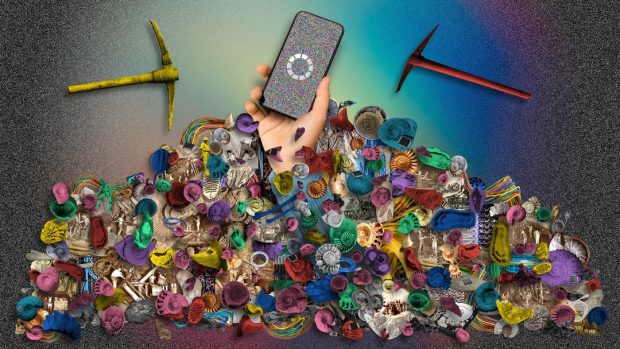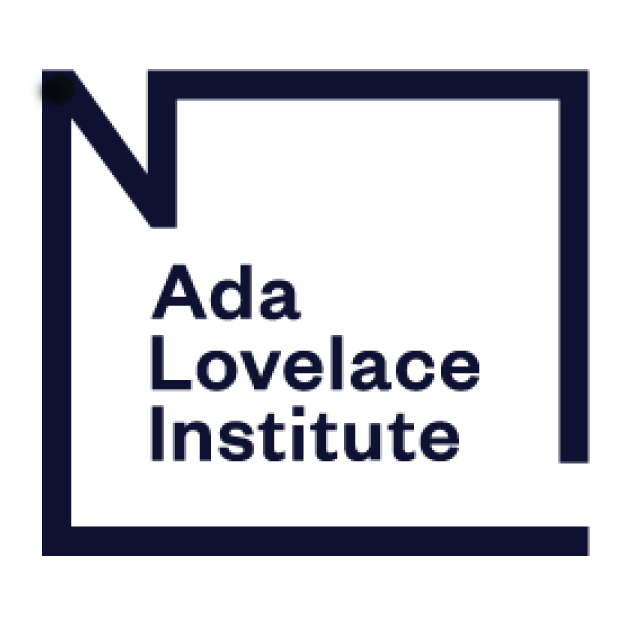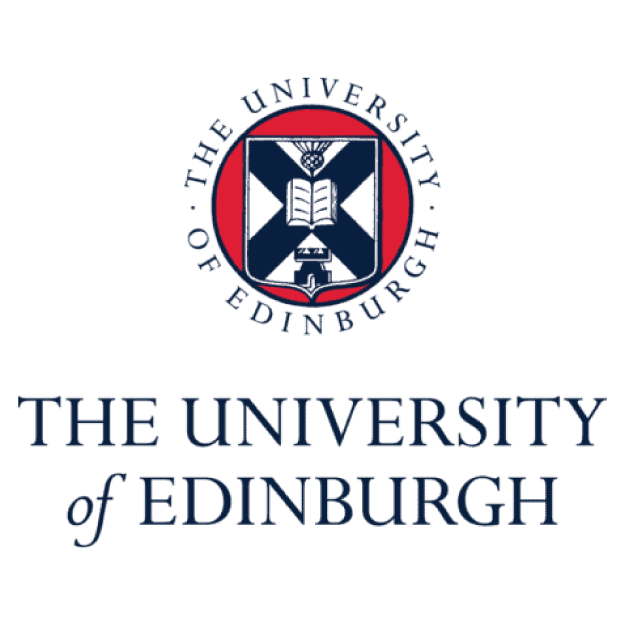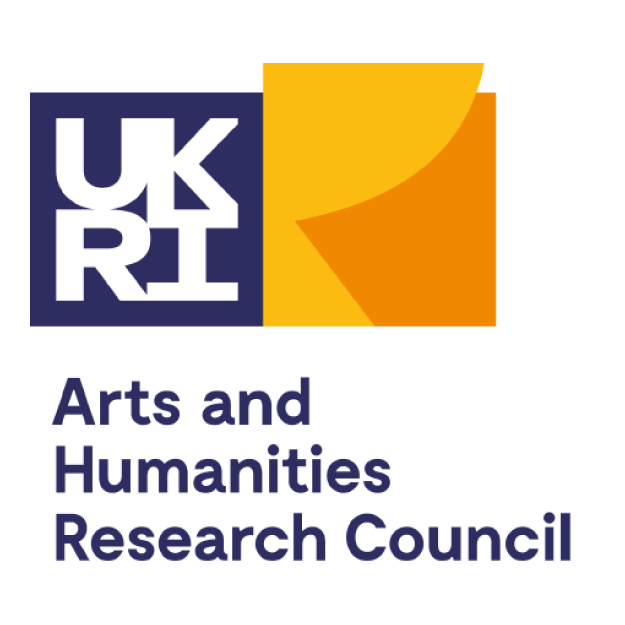
Luke Conroy and Anne Fehres & AI4Media / Better Images of AI / Models Built From Fossils / CC-BY 4.0
- Led by Professor Lydia Farina, University of Nottingham
Project website: Creating A Dynamic Archive of Responsible AI Ecosystems In The Context of Creative AI Applications – The University of Nottingham
This project seeks to develop an insight into what might actually constitute responsible AI in the context of creative AI. It involves examining the ethical and moral tension arising between the concepts of creativity, authenticity and responsibility.
- a rigorous analysis of Digiscore (https://digiscore.github.io/pages/aboutus/Creative) which uses AI to create music for disabled musicians and CAT Royale (https://www.blasttheory.co.uk/projects/cat-royale) which uses AI to interact with pet animals and
- a less intensive analysis of at least 5 additional projects.






One Comment